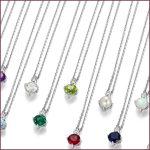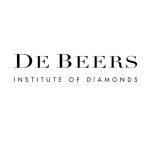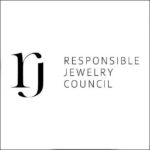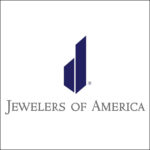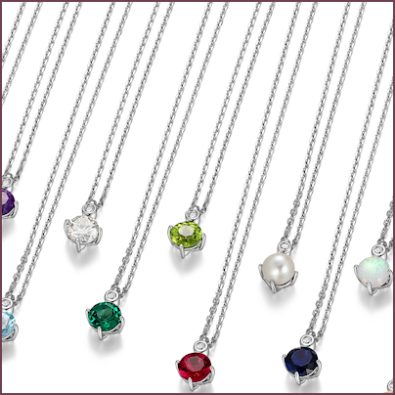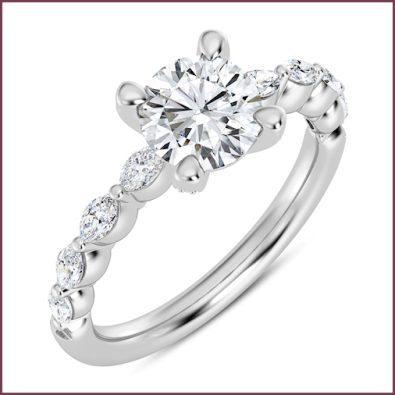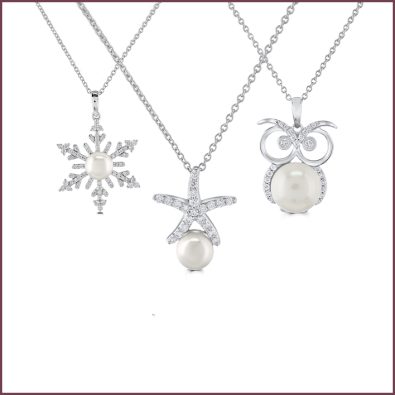New Jewelry Customers
Jewelers must learn how to relate and adapt their merchandise and marketing to changing lifestyles and norms.
The faces of new jewelry consumers are now multicultural, self-purchasing females and the next generation of bridal, finds She-conomy, specializing in marketing to women. Self-purchasing women are the most powerful group, and considered the greatest opportunity for growth in the diamond and jewelry business.
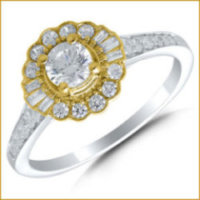 The landscape of the jewelry industry has changed dramatically, with only 48 percent of adults married today in the United States, as compared to 78 percent in the 1950s, cites Stephanie Holland, author and founder of She-conomy, Birmingham, Alabama.
The landscape of the jewelry industry has changed dramatically, with only 48 percent of adults married today in the United States, as compared to 78 percent in the 1950s, cites Stephanie Holland, author and founder of She-conomy, Birmingham, Alabama.
People are getting married later in life, as WeddingWire.com Newlywed Report 2019, a study of over 18,000 newlyweds married in 2018, reveals the average age to marry is 33. Couples are prioritizing education, careers, even travel.
In fact, research by the Diamond Producers Association (DPA) finds that one in five millennials (aged 17 to 37) who aren’t married currently, don’t plan to get married at all.
The data has inspired DPA’s Real is Rare initiative to promote diamonds as gifts of love for moments together, gifting to family, and a celebration of self — supported by a robust social media campaign.
For an industry where so much sales volume is driven by engagement jewelry, jewelers must learn how to relate and adapt their merchandise and marketing to our changing lifestyles and norms.
Millennial Mindset
Millennials are buying fine jewelry as everyday luxury, rather than special occasion statement pieces, sees Valerie 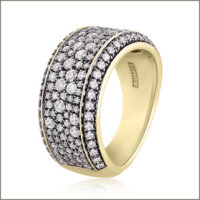 Fletcher, vice president of design and product development for the NYC-based Original Designs Inc. (ODI). Contemporary styling with an edge is the trend, like changing the orientation of a setting or using color in place of white diamonds. “Millennials respond less to big name brands, and more to companies and styling that represent their lifestyle and values. They care about the earth, climate and sustainability.”
Fletcher, vice president of design and product development for the NYC-based Original Designs Inc. (ODI). Contemporary styling with an edge is the trend, like changing the orientation of a setting or using color in place of white diamonds. “Millennials respond less to big name brands, and more to companies and styling that represent their lifestyle and values. They care about the earth, climate and sustainability.”
Eighty percent of today’s marrying couples are millennials. And, this next generation of bridal customers are making their engagement a highly shared experience in person and online, finds the Newlywed Report. A picture, story, view of the ring, or all of the above are shared, with nearly 65 percent posting on social media within hours of the ask. More than half send a photo of their ring to loved ones after getting engaged.
Jewelers need to be on social media, especially Pinterest and Instagram, and make it as interactive as possible, urges Theresa Namie, merchandise manager for the Minneapolis, Minnesota-based Ostbye. Robin Gandhi for Aneri Jewels in New York City concurs that millennials are driven to get things done with a digital-first mindset and brands must reach out to them where they are and in the way they want to connect. Samuel Sandberg, Chairman of the New York City-based A.Jaffe, underscores that these platforms and new technology like geo-fencing allow jewelers to micro target/market their message.
The Female Market
Market research finds that 51 percent of female consumers buy jewelry for themselves, 14 percent buy for their partner/spouse, and 17 percent make purchases with their significant other. “This means that women are purchasing and influencing the purchases of 81 percent of all jewelry sales,” reports Holland. Because the customer paradigm has shifted from men to women, jewelry manufacturers and retailers must understand the female market.
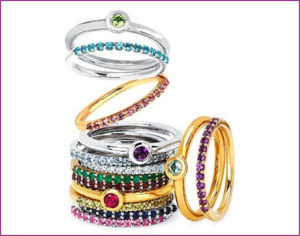 She-conomy finds that 91 percent of women feel advertisers don’t connect with them, and just about three quarters are ready to walk away from brands that don’t listen to them. Want to attract more women, hire and uplift them into leadership roles. McKinsey & Co. reported in January 2018 that the relationship between diversity and business performance is strong. Companies in the top-quartile for gender diversity on executive teams were 21 percent more likely to outperform on profitability, and 27 percent to have superior value creation.
She-conomy finds that 91 percent of women feel advertisers don’t connect with them, and just about three quarters are ready to walk away from brands that don’t listen to them. Want to attract more women, hire and uplift them into leadership roles. McKinsey & Co. reported in January 2018 that the relationship between diversity and business performance is strong. Companies in the top-quartile for gender diversity on executive teams were 21 percent more likely to outperform on profitability, and 27 percent to have superior value creation.
To connect effectively with a woman, jewelers need to know what motivates her, says Holland. Research reveals that a woman’s top motivations for buying herself jewelry are the ability to get exactly what she wants; to reward herself for a milestone reached; to commemorate a special memory; or “just because”.
Marketing consultant Andrea Hill of the Chicago-based Hill Management Group says that, for most women, jewelry is about life, love, fashion, or personal achievement. “Show your female shopper how the jewelry fits with her life,” she says. “Market the context, not the thing.” She notes that men are more interested in visuals and statistics about an item; women relate to the ideas and relationships associated with it.
An important conversation jewelers can be having with women, is how jewelry works together. “Stackable bangles and rings, and layering necklaces,” says Fletcher, “can be collected and worn in different combinations.”
Universal Themes
Namie referenced recent consumer market research by The Plumb Club with the Italian trends forecasting firm, The Futurist. Among the findings, she says that pendants are identified as the biggest seller. In fact, the research suggests that millennials and self-purchasing women are more likely to buy designs that can be added to and layered on.
Popular motifs, as revealed by the research, identify the Polar Star, and celestial motifs like the sun and moon resonating with these key demographics. Fletcher cites that millennials in particular gravitate to nature themes like bee, flower and celestial, as well as designs/collections that help support a cause.
Having a piece of jewelry that is unique to the wearer is the universal theme for today’s jewelry consumers, says Neil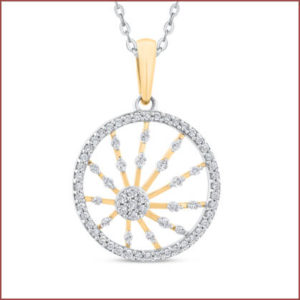 Shah of Shah Luxury, New York City. His business, which has been building its custom design services the past few years, finds a high percentage of millennial couples want to personalize their rings, to have the ability to alter elements of a style in a collection, like a different metal color/combination, stone sizes and shapes, color stones instead of diamonds, even different details like miligrain,
Shah of Shah Luxury, New York City. His business, which has been building its custom design services the past few years, finds a high percentage of millennial couples want to personalize their rings, to have the ability to alter elements of a style in a collection, like a different metal color/combination, stone sizes and shapes, color stones instead of diamonds, even different details like miligrain,
Grateful to be gifted a heart pendant, tennis bracelet or diamond studs Fletcher says, as a self-purchasing woman, that she doesn’t want to buy something generic. “I want to choose something unique and personal — shoulder dusters or ear climbers instead of studs or hoops.”
